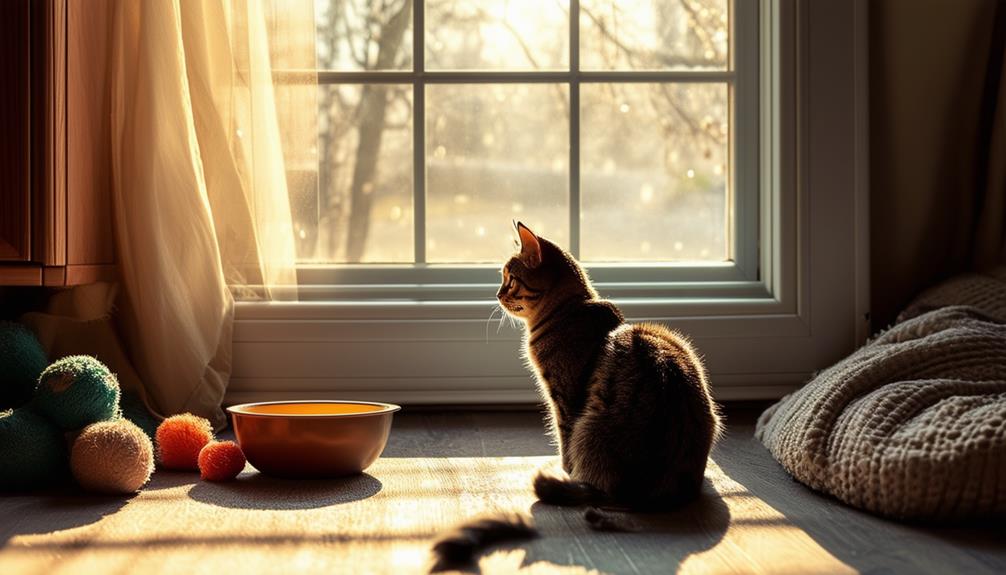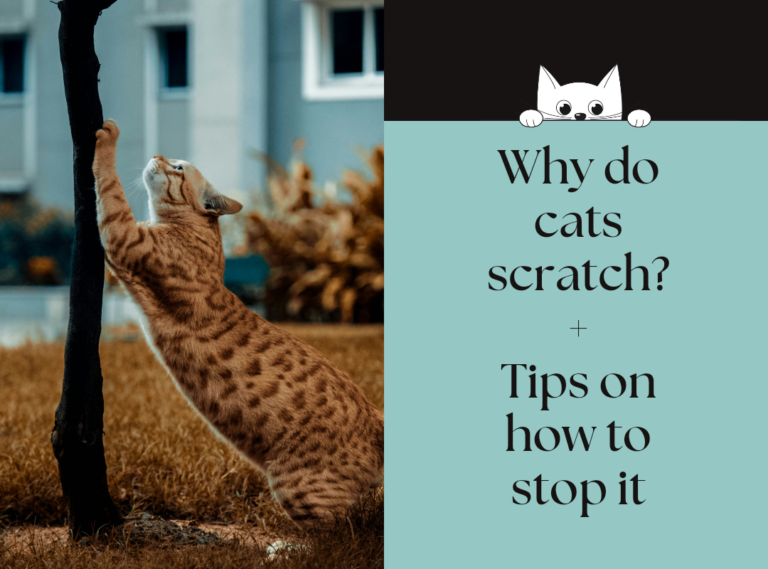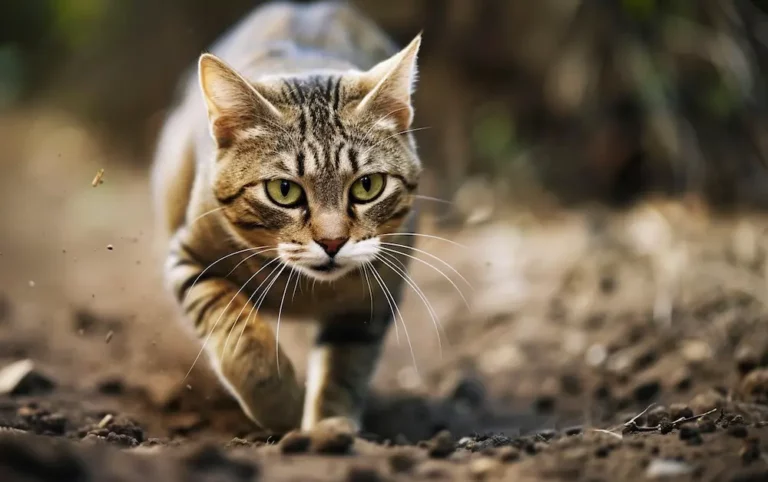5 Signs Your Cat Is Feeling Lonely and How to Help
Many people don’t realize that cats, often perceived as solitary creatures, can suffer from loneliness just like humans. Signs of this can include excessive meowing, over grooming, or even destructive behavior.
Addressing loneliness in cats involves more than just providing toys; it requires thoughtful interaction and environmental enrichment.
By understanding the subtle cues of loneliness,
So, what specific steps can one take to make sure their
Signs of Loneliness
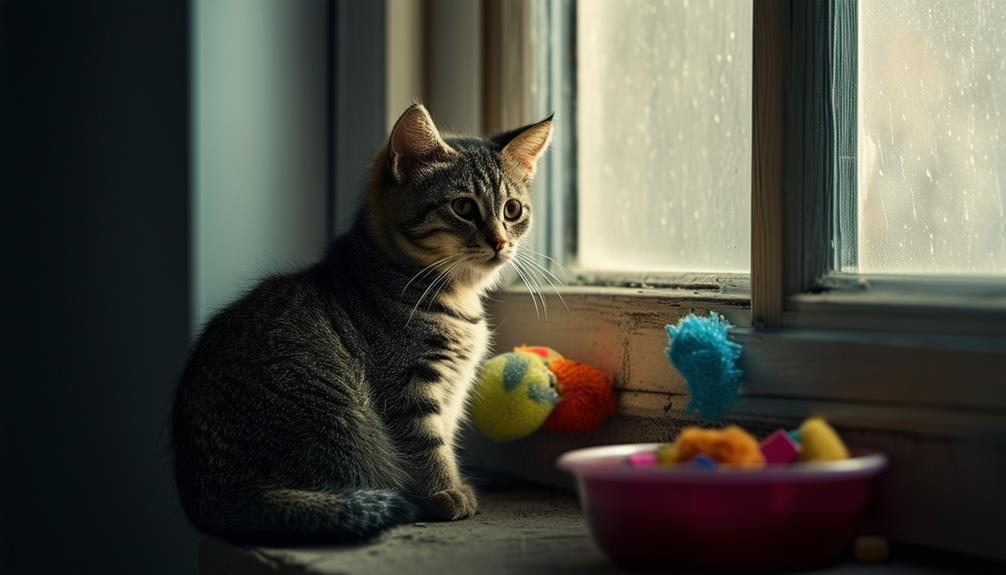
Loneliness in cats often manifests through noticeable behavioral changes such as excessive meowing and night vocalizations.
These vocal signs can indicate a longing for companionship, making it essential for owners to pay close attention.
Additionally, cats may exhibit over grooming, leading to bald patches, as a self-soothing mechanism. Destructive behavior, like scratching furniture or knocking objects over, is another clear signal.
Cats experiencing loneliness might also become overly attached, following their owners everywhere and seeking constant attention.
A sudden regression in litter box usage or other learned behaviors can further highlight their distress. Recognizing these signs early allows owners to address their
Coping Mechanisms
Owners can help alleviate their
Providing a variety of toys and scratching posts can divert their attention and keep them engaged.
Gentle petting and interactive play sessions can also help strengthen the bond between owner and
Creating enrichment zones, such as window perches or interactive puzzle feeders, stimulates their curiosity and reduces boredom.
Rewarding positive behaviors with treats or affection reinforces good habits and provides emotional comfort.
These coping mechanisms can greatly enhance a lonely
Preventive Measures
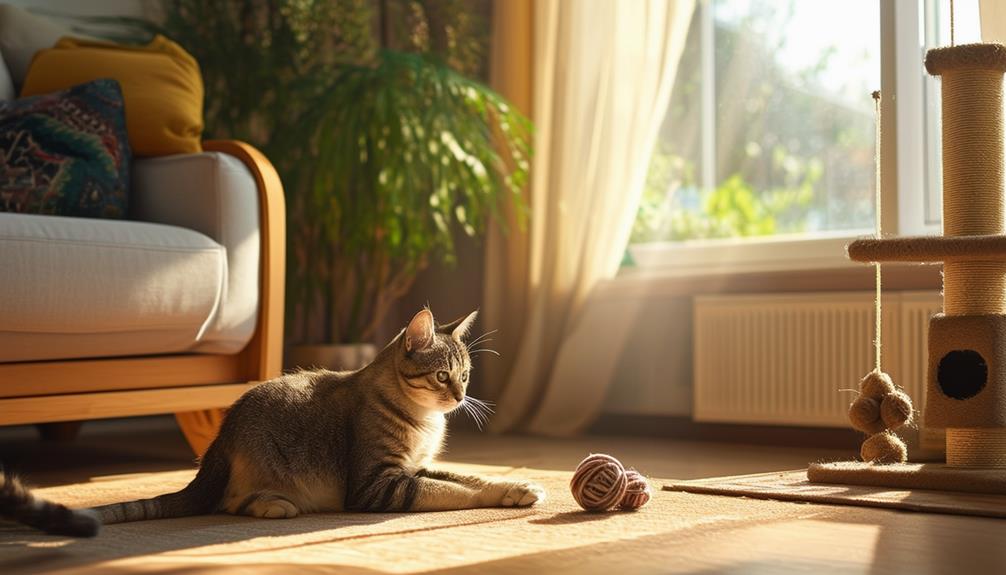
Regular play sessions and interactive toys are key strategies to prevent loneliness in cats.
Engaging a
Puzzle feeders and interactive toys, like laser pointers or feather wands, keep cats entertained and mentally active.
Ensuring comfortable resting places, such as cozy beds or window perches, allows cats to relax and feel secure.
Creating a stimulating environment with climbing trees, scratching posts, and varied textures enriches their daily experience.
Spending quality time, through gentle petting and talking, reinforces the bond between owner and
By incorporating these measures, owners can effectively reduce loneliness and enhance their
Conclusion
It’s funny how the smallest changes can make a big difference in a
Regular playtime, puzzle feeders, and a stimulating environment prevent loneliness from setting in. Ensuring a happy, well-adjusted
